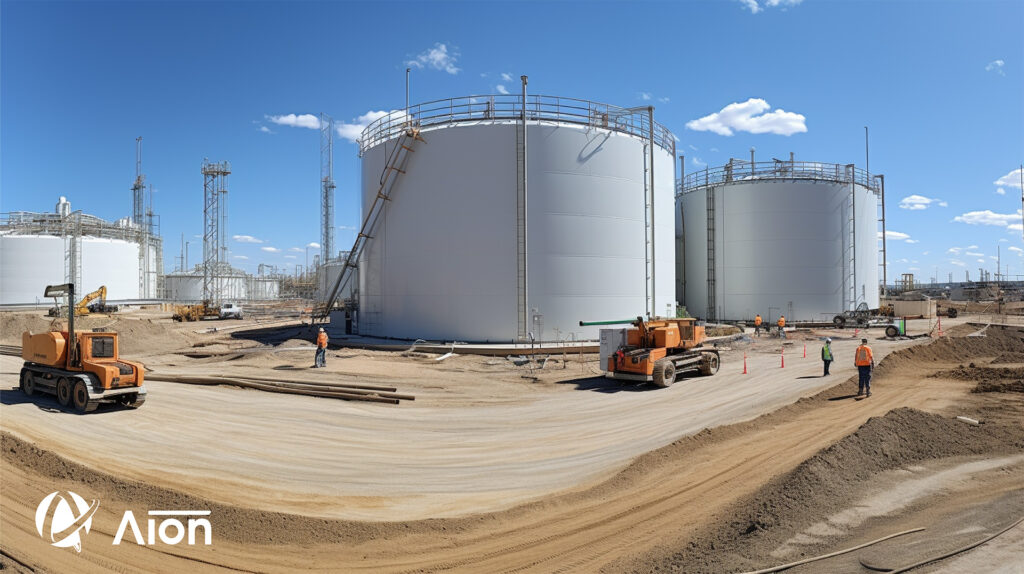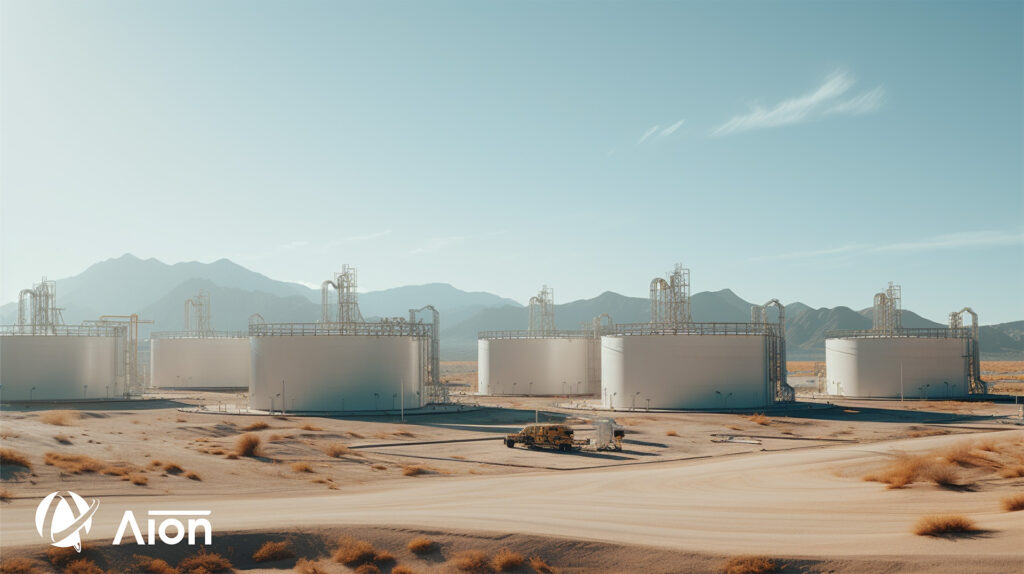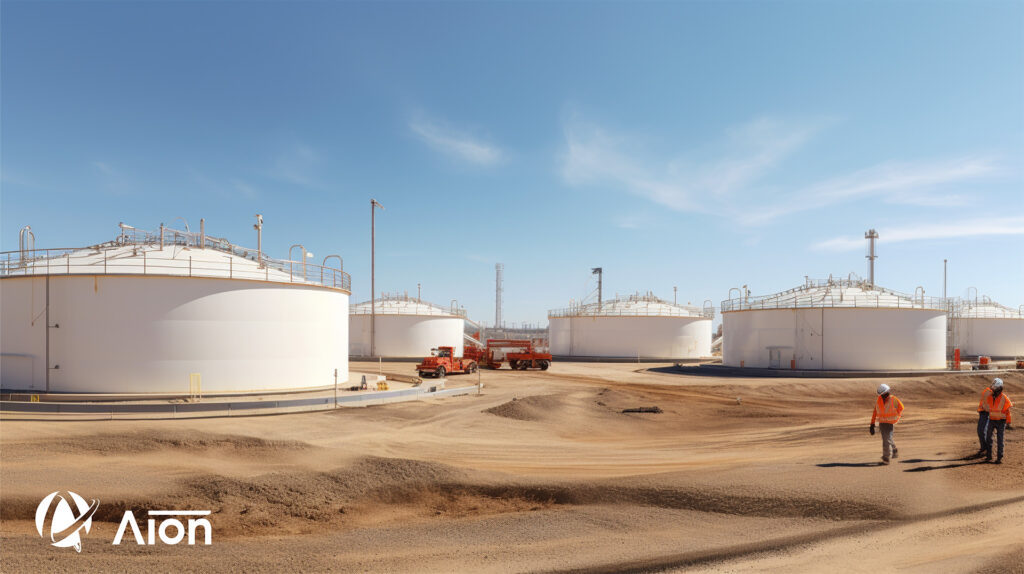TANKS
Internal cathodic protection systems are an essential component of tank storage systems in the oil and gas industry. These systems provide protection against corrosion, which is a major threat to tank integrity and can lead to leaks, environmental contamination and costly repairs. Internal cathodic protection systems work by applying an electrical current to the metal surface of the tank, eliminating the corrosion and extending the tank’s service life.
Evaluating the Cost-Effectiveness of Tank Internal Cathodic Protection Systems
Cathodic protection systems are an essential aspect of tank storage systems, providing protection against corrosion and ensuring asset longevity. However, choosing the right type of cathodic protection system can be challenging, especially when considering the cost-effectiveness of different options.
Evaluating the cost-effectiveness of tank internal cathodic protection systems requires a comprehensive approach that considers several factors. The initial installation cost, ongoing maintenance cost, effectiveness in preventing corrosion, lifespan of the system and regulatory requirements all play a role in determining the cost-effectiveness of a system.


ICCP and Galvanic
Design Considerations for Tank Internal Impressed Current and Galvanic Cathodic Protection Systems
Designing an effective ICCP and GCP system for tank internal protection requires careful consideration of materials, configuration and power source. The system must be designed to provide consistent and uniform current distribution throughout the tank’s interior, prevent localised areas of current accumulation and provide coverage for the entire tank’s interior. Proper design and implementation of ICCP and GCP systems can help prevent corrosion-related damage and costs, ensuring asset longevity and safety in the tank storage system.
EXTERNAL
For the above ground tank bottom plate external cathodic protection systems, impressed current systems are the most common. Impressed current systems use an external power source to apply a direct current to the tank’s bottom plates.
Proper installation and regular maintenance are crucial for the effectiveness of these systems. The system should be designed to ensure adequate coverage of the tank’s bottom plates and the components must be installed correctly to ensure even current distribution. Routine inspections and maintenance activities and monitoring the system’s performance are essential to maintain the system’s effectiveness and protect the tank from corrosion-related damage. By implementing an appropriate above ground tank bottom plate external cathodic protection system, our clients can safeguard their assets, prolong the tank’s life and mitigate the risks associated with corrosion.
Evaluating the Cost-Effectiveness of Tank External Cathodic Protection Systems
Evaluating the cost-effectiveness of tank external cathodic protection systems requires a comprehensive analysis of initial installation costs, ongoing maintenance expenses and the potential savings and benefits associated with corrosion prevention. It is essential to consider the specific requirements of the tank, the expected corrosive environment and the long-term implications of investing in an effective system. By conducting a thorough evaluation, our clients can make informed decisions to protect their assets, reduce costs and ensure the longevity and reliability of their tank storage systems.


ICCP
Design Considerations for Tank External Impressed Current Cathodic Protection Systems
Designing a tank external impressed current cathodic protection system requires careful consideration to ensure its effectiveness and long-term performance. Here is our comprehensive guide outlining the key design considerations that we take while designing such systems:
- System Requirements
- Current Distribution
- Electrical Power Supply
- Monitoring and Control
- System Maintenance
- Standards and Regulations
By carefully considering these design aspects, our clients can develop effective impressed current cathodic protection systems that provide long-term corrosion protection, minimise risks and ensure the integrity of tank storage systems in the oil and gas industry.